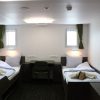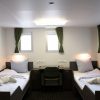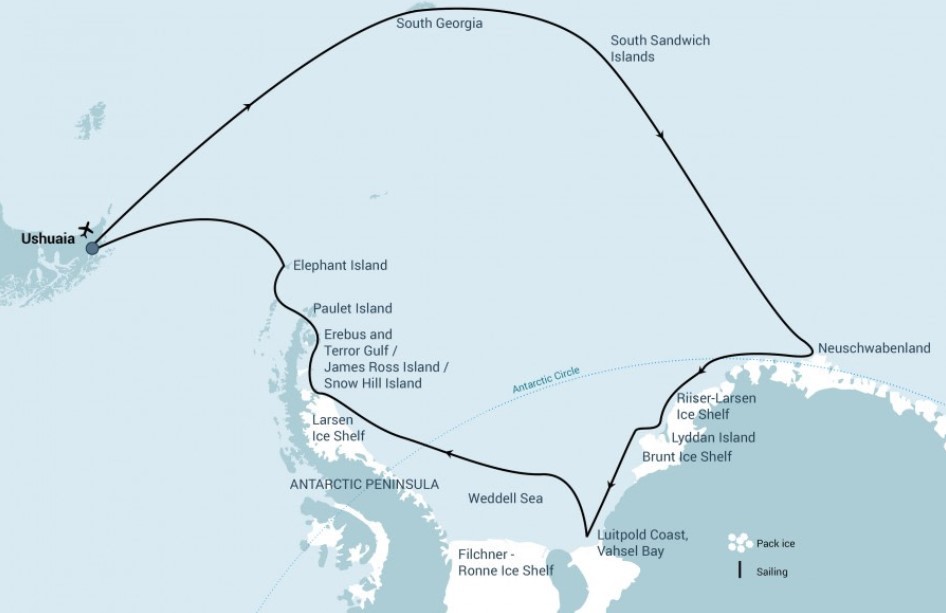Description
This adventurous expedition explores one of the least-visited areas on Earth, Antarctica’s amazing Weddell Sea. After visiting some of the same sites legendary explorer Ernest Shackleton’s charted in South Georgia, we’ll enjoy the Weddell’s exotic wildlife and colossal tabular icebergs. Helicopter transfers: – During these voyages, we transfer passengers to shore using Zodiacs. We also operate our helicopters in sites where Zodiacs cannot be used. If local conditions allow for helicopter transfers, we will attempt landings both on land and sea ice. We cannot, however, guarantee any set amount of helicopter time. While helicopters provide an advantage in reaching otherwise inaccessible areas, the final itinerary is determined by local weather, ice, and other conditions that may change rapidly and impact our ability to use helicopters. Please understand and accept this. Safety is our top concern, and no compromises can be made. Our vessel is equipped with three helicopters. One helicopter always needs to be supported by a second functioning helicopter. Please again note that no guarantees to their use can be given, and no claims will be accepted in any event. Remote Weddell Sea Explorer: – Starting in South Georgia after leaving Ushuaia, we will be on the trail of famed polar explorer Ernest Shackleton and his ship Endurance, experiencing the Weddell Sea’s amazing wildlife and tabular icebergs before returning via Elephant Island. The continental borders of the Weddell Sea are formed by huge floating sheets of ice. These ice shelves produce the massive tabular icebergs that are so abundant in the Weddell Sea. Scientists have declared the waters of the Weddell Sea to be the clearest water of any sea on Earth. The tabular icebergs and other ice formations offer fantastic landscapes and unique photo opportunities. Especially on the east side of the Weddell, the chance of landings can be limited due to these ice formations. Zodiac cruises and possible ice landings are wonderful alternatives, if conditions allow. The Weddell Sea is home to a large number of orcas, humpbacks, and minke whales as well as leopard, Weddell, and crabeater seals. Several penguin species can be seen there too. On the ship, our structured educational program will complement other activities. You will have the opportunity to attend several lectures on a variety of topics, such as wildlife, landscape, history, and more. PLEASE NOTE: All itineraries are for guidance only. Programs may vary depending on ice, weather, and wildlife conditions. Landings are subject to site availabilities, permissions, and environmental concerns per IAATO regulations. Official sailing plans and landing slots are scheduled with IAATO prior to the start of the season, but the expedition leader determines the final plan. Flexibility is paramount for expedition cruises. The average cruising speed for our vessel is 10.5 knots.
















